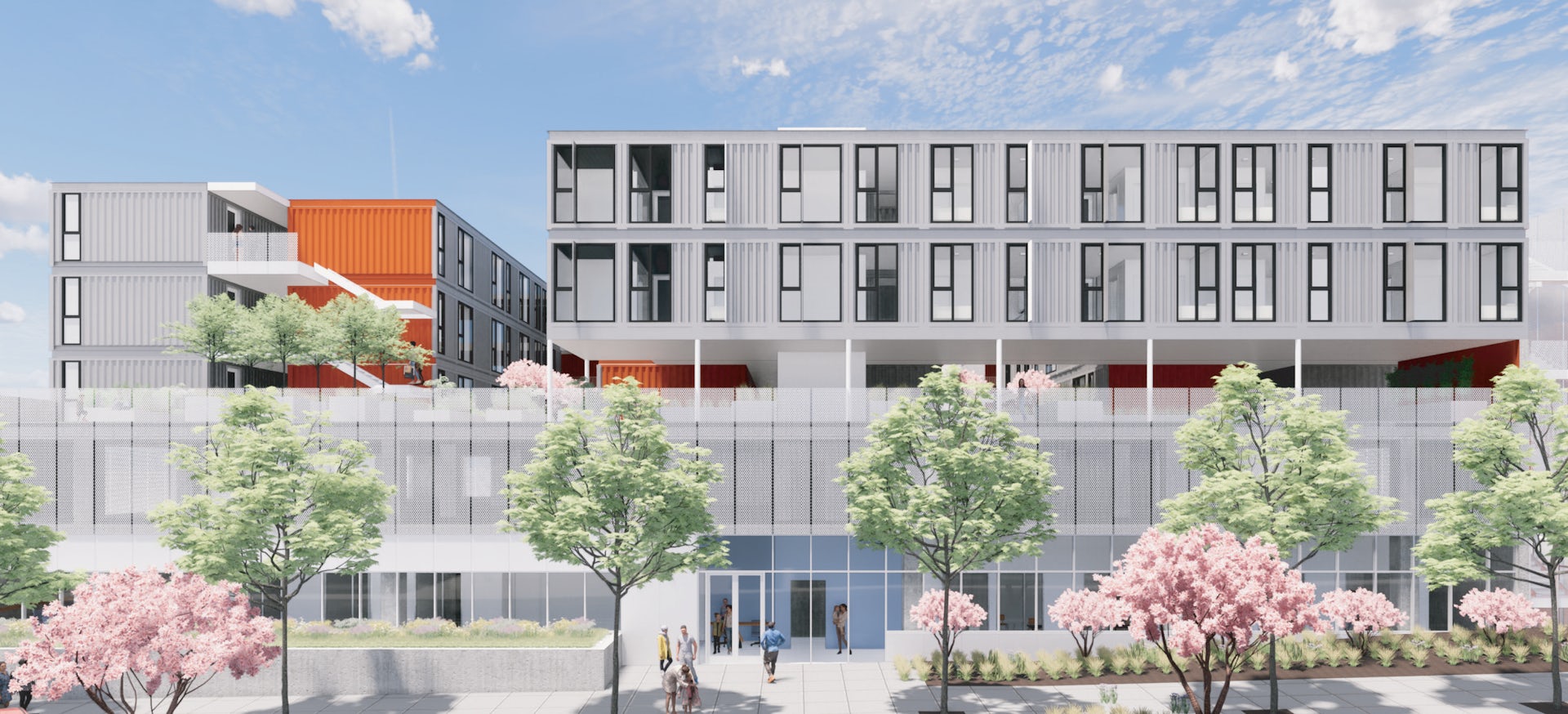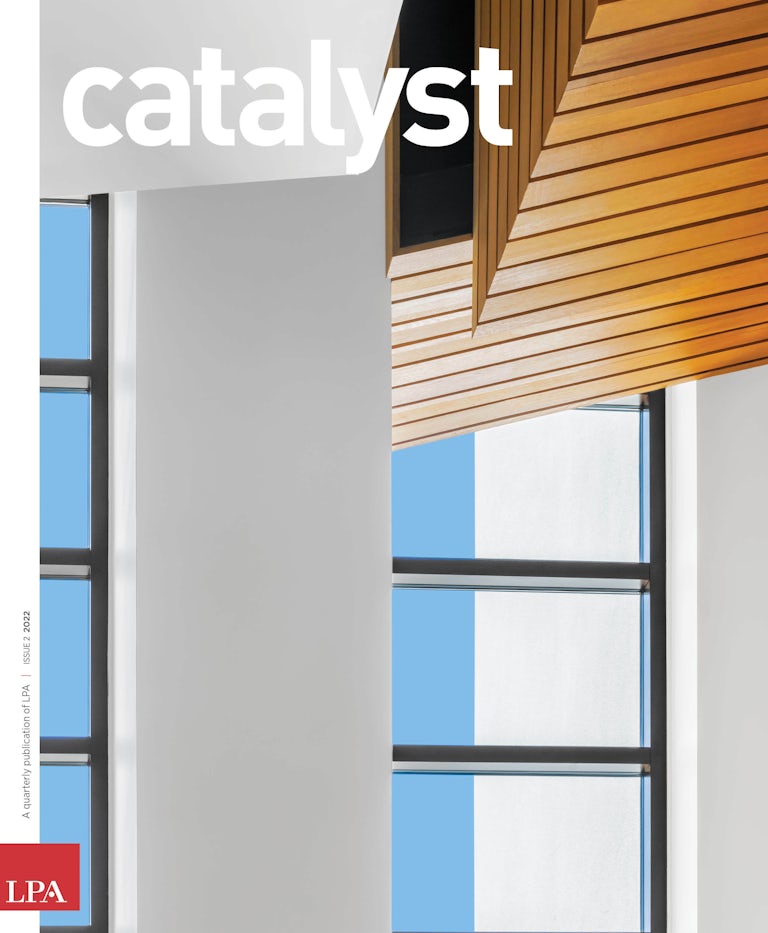Creating urban villages and vibrant communities starts with a better understanding of place.
Go to any fast-growing neighborhood in a U.S. city, and you’re sure to find them: bland, boxy and downright boring apartments and housing developments, with a seemingly endless sea of flat windows and colored panels. These types of new developments — jokingly referred to as McUrbanism, fast-casual architecture, even Minecraftsman — fail by repetition. In search of affordability and ease, they lean into solutions that apply the logic of speed and simplicity to a project, plastering a sense of sameness onto a vibrant city street.
To create buildings and homes that truly reflect the diversity of different neighborhoods, housing developers and architects should stop applying design formulas and instead react and respond to each street and site. Our design philosophy for housing needs to be less about repetition and more about echoing the community context with an approach based on urban design.
To bring forward design that actually enhances the existing community, you must really understand a place. Modern design today should be about customization and clarity and a balance of scale and texture. It’s not forcing a single vision or approach. More than an aesthetic improvement, it’s about creating more value for the development team and a mixed-use project that aligns with the neighborhood and its residents.
A current LPA project in Boise, Idaho, exemplifies the benefits of this kind of approach. Within a master-planned suburban area, one that might stereotypically be filled with carbon-copy housing, we’re designing compact, five-story residential mid-rise developments surrounding a large landscape and park. By creating an open town square, the layout adds a sense of place within the development, focused on creating a true urban village that balances private and public space. Intelligent, efficient design of the units and density allows for focus and investment in a shared amenity that makes every home feel singular and makes every resident’s experience more socially connected. Activating the public realm, with shared space as well as office and retail, activates community.
Focusing on these elements doesn’t merely improve livability. Done right, they can help create density and efficiency, minimizing the overall footprint and opening up space for features that, like the Boise town center, benefit the community.
In addition, this approach picks up on neighborhood context and focuses on vernacular design. Contextual facades, windows and outdoor spaces, such as vertical gardens and rooftop patios, can visually complement surrounding structures, especially with artful variation. Such features also take advantage of the environment, providing comfort for residents by maximizing access to daylighting, shade and breezes.




